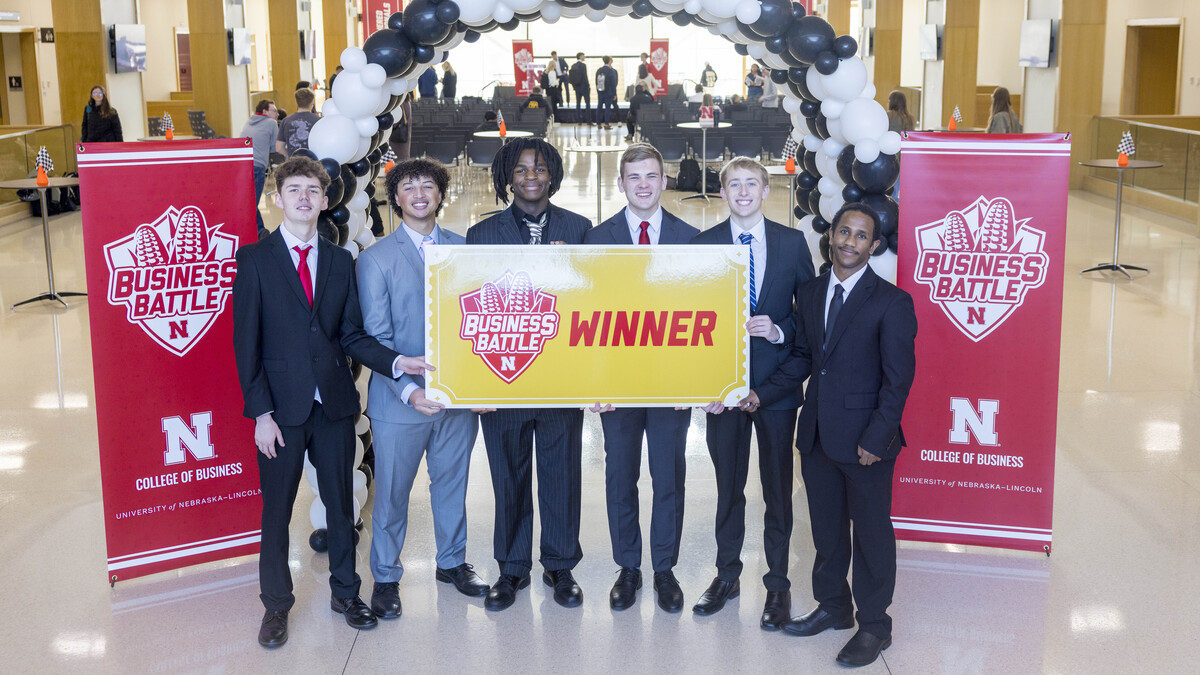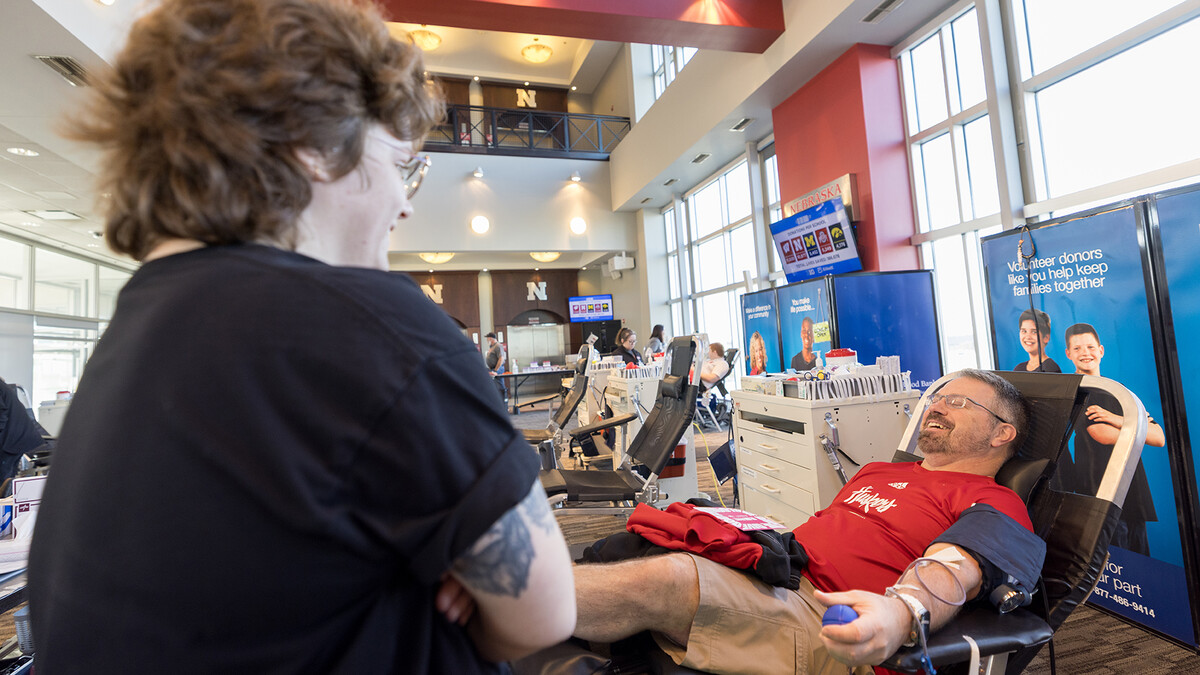
Welcome to Pocket Science: a glimpse at recent research from Husker scientists and engineers. For those who want to quickly learn the “What,” “So what” and “Now what” of Husker research.

What?
Overhunting depleted the population of American bison from tens of millions to fewer than 1,000 in the span of just the 19th century. With conservationists and ranchers recently reintroducing the species to U.S. grasslands, though, the American bison now numbers in the hundreds of thousands.
Roughly 95% of those bison are currently managed as livestock rather than wildlife, confined to relatively small, crowded pastures that scarcely resemble the open spaces they once roamed.
So what?
Before its numbers dwindled, the American bison was a keystone species in grasslands that also support many bird species — including the bobolink, whose own numbers have plunged more than 50% in the past 50 years. A team led by Nico Arcilla, an affiliate fellow with Nebraska’s Center for Great Plains Studies, anticipated that reintroducing American bison might facilitate a rebound in the bobolink population.
The researchers analyzed bobolink data collected between 2002 and 2019. During the final four years, 53 bison were introduced to half a square mile of prairie in Nebraska’s Platte River Valley. Over that span, that bison population and grazing area roughly doubled.
But contrary to the team’s expectations, the population of bobolink adults declined by 62%, while the number of juveniles plummeted by 84%. The population of bobolinks in nearby grasslands being grazed by cattle, meanwhile, did not substantially change. Statewide bobolink numbers remained stable, too.

The findings strongly suggest that the bobolinks, which nest on the ground, were forced to depart or risk their nests being trampled and exposed to predators by the densely packed, fenced-in bison herd.
Now what?
Reducing the density of bison herds to much lower levels, such as those maintained by the U.S. National Park Service, would help alleviate the threat to bobolinks, the researchers said. Relocating the bison herds prior to breeding season might also curb the risk.







